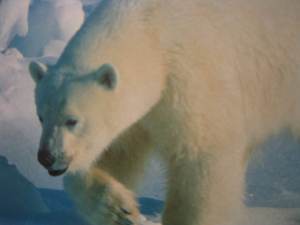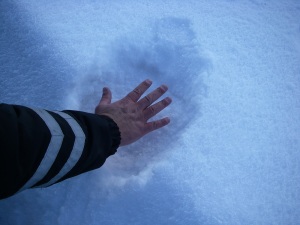The mark of great music is that you will always remember where you were and what you were doing when you first heard it.
In early 1977 I was a young First Lieutenant in the Army, training at Aberdeen Proving Ground, Maryland. I had flown up there to attend 3-months of Active Duty for Training. It was winter, but on one weekend when the weather promised to be beautiful, several of us piled into a car and headed South to Washington, DC. None of us had been to DC before, so the trip was one of discovery and high expectations.
For a space and aviation enthusiast like myself, the long-anticipated highlight of the trip was the chance to see the newly opened Smithsonian Air and Space Museum, and to see my first Imax movie, which happened to be “To Fly”.
In the dim light of the large sloping theater, we waited for the movie to begin. Meanwhile, music was softly playing.
You know how when you’re at a restaurant or bar and someone is playing, you’re not necessarily aware of the music per se. It’s just part of the ambiance, the background. But as that music began, it started with deep strings, rhythmically, methodically stroking through the music.
Deep bass notes have always thrilled me. I am a player of clarinets, which have no bass properties to speak of, so perhaps it is the novelty of bass that so captures my imagination. And so it had slowly begun to work on me, that anonymous music.
It was clearly classical, most likely some well-orchestrated version of what must have originally been chamber music. As I listened ever more attentively, the music built on itself and added complexity which maintained and then grew my interest. I had never heard it before, and neither had my friends, but I began questioning myself, “What is this music?”
After over four minutes, when you would think the pace and melody would be becoming somewhat worn, the composer threw in some accidentals, which frankly shocked me, as they must have the music’s first listeners. There was a string of four eighth notes, and one of them sounded flat, while its pairing just two notes away was not. What is this, I thought? And then in the next measure, it was repeated, so it certainly wasn’t a mistake. It was an intentional musical device and one that I loved for its novelty.
It was as if the composer had been holding back for that subtle surprise until near the end of the piece. Just as you thought you knew what to expect, something new appeared in the melody.
Strangely, I left that theater thinking as much about that mysterious theatrical prelude as about the movie. And for an aviation enthusiast, that’s saying a lot.
Before long, I began to hear that piece elsewhere, and with increasing frequency. In fact, the music enjoyed a burst of popularity starting in the early 1970s, the same period when I first heard it.
If you haven’t guessed by now, I’m talking about Johann Pachelbel’s Canon in D. It is now so well known that it has its own web site. The following video featuring Canon in D was compiled by “diemauerdk.”
According to the Internet, Canon in D first became available to the masses through a 1970 recording, reportedly by the French musician Jean-Francois Paillard. Oddly, even though it was written in about 1680, it was not published until 1919. I have no doubt that its rise in popularity was due in no small part to the large audiences exposed in the iMax theater at the Smithsonian Air and Space Museum. The fact that it was the main theme of the 1980 popular movie, Ordinary People, only helped to propel it to mainstream consciousness.
On viewing the piano sheet music it’s easy to spot where the usual C# F# structure of the key of D is flatted to produce an appealing effect. The four notes of note, if you will, are D C natural B C#. To an ear accustomed to hearing C# throughout most of the piece, a C natural sounds flat; but in a delightfully unexpected way.
I consider myself lucky to be one of the first Americans to hear what was to me new music and to appreciate that it was a very special work indeed. However, I must wonder; three hundred years from now, do you think any works from present-day artists will be “discovered”, and enjoy almost universal popularity?























